I would like to introduce u-he's open-reel tape emulator SATIN. It is important to note that it is not a cassette tape emulator. And, it does not emulate a specific model, but it has a wide range of settings. It also has a compounder (noise reduction) dolby (A, B) and dbx (I, II) as features that are not found in other tape emulators. The level of accurate emulation is such that it can be used to decode actual encoded tapes. It also has tape echo and tape flange functions. This is a somewhat jumpy feature, but such attempts were actually made using open reel. It is also interesting in terms of its history.
What is a professional open-reel deck?
From the 1950s to about the 1990s, open reels supported recording in the music industry for half a century. Open reels were used for recording in studios, and mixing and other operations were done on them. By the late 1990s, however, digitization had progressed and work was shifting to computers. Full digitalization was clear and noise-free, and work efficiency increased. In the 2000s, however, the unique sound quality of the tape era began to be reevaluated. Although the resolution is lower through tape, the sound is warmer, with a sense of unity and pleasant saturation. So, a clear sound with high resolution is not necessarily pleasant. The most important thing about it is how people feel when they listen to it. This is a world where specifications alone are not enough. It was during this period that people began to reevaluate the merits of not only tape, but also analog, and this has continued to the present day.
The photo below shows a Studer open-reel deck that was often used in recording studios. The tape is 2 inches (50.8mm) wide and can handle 24 tracks.
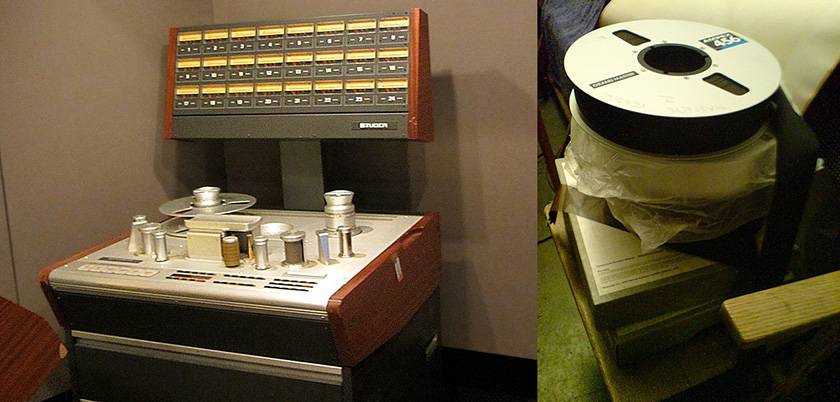
Studer A827 analog 2inch 24-track, CC BY-SA 3.0 (Quoted from Wikipedia)
Ampex Grand Master 456 2" multitrack tape, CC BY-SA 2.0 (Quoted from Wikipedia)
I have previously written an article on the history of tape-related issues, and I have included links for your reference.
- Enchanting Instruments 34. History of Music and Electricity 10 Wire Recorder
- Enchanting Instruments 35. History of Music and Electricity 11 Tape Recorder
- Enchanting Instruments 36. History of Music and Electricity 12 Compact Cassette Tape
- Enchanting Instruments 37. History of Music and Electricity 13 Cassette Tape Recorder
The Need for Tape Emulators
Around 2010, tape emulators began to be released as plug-ins by various companies. SATIN was first released in 2013, and more than 10 years later, in 2024, it is still being sold, with a new version coming out this year that also supports CLAP (CLever Audio Plug-In). Tape emulators are not uncommon today, but many generations are not familiar with tape, and many question the need for them. Their effects are also subtle and difficult to understand, so in this column I will try to explain them with sound samples as much as possible
The reason for using a tape emulator is the subtle changes in sound quality. The effects are as follows, each of which is related to the other and will be explained further.
Effect 1 Tape Compression
The most understandable effect is the compression effect. As the input gain of a tape is increased during recording, the sound begins to collapse from a certain level. It acts like a compressor and has the effect of narrowing the dynamic range. The sound is relatively natural, and it doesn’t move in the same way as a compressor, which cuts off the sound at the threshold.
In many cases, the sound quality becomes thicker and more powerful, but if it is turned up too high, the sound starts to break. The following video shows the distortion when the sine wave level is increased. It is transformed into a rounded analog square wave.
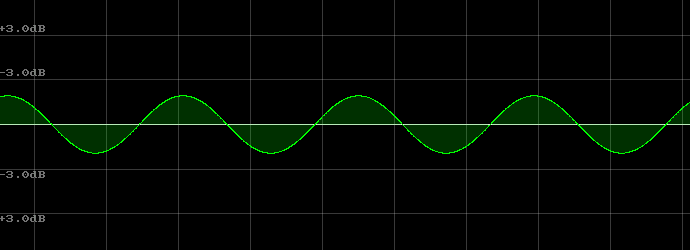
This is a sample of the actual sound source. Drums and other sounds are easy to understand, as the attack is crushed and saturated. First, the sound without SATIN.
Next is the sound through SATIN, which is crushed more strongly to make it easier to understand. The bass sound has been produced, and the overall sound has become more powerful. The waveform peak level is almost the same as above, but you can see the difference in volume. This is the effect of the tape comp.
Effect 2: Tape Noise
Recording to tape generates a hissing noise even when silent. Since this noise is inherently disturbing, noise reduction systems have been developed to remove it. However, if the noise is slight, it is not as disturbing and may be welcomed as part of the saturation effect.
I have prepared a sound with only a hiss noise. The actual noise is at a level of around 100 dB, but in the sample below, only the noise is raised to about 20 dB so that the sound quality of the noise can be heard. Then, the tape speed is gradually reduced from 30 ips to 1.87 ips. You can see that the noise component varies greatly depending on the tape speed.
Below is the measured noise of the preset SE A827 30ips. You can see that the noise rides around -100dB, and this level is difficult to hear unless the volume is raised considerably.

Effect 3: Tape Saturation
When we use the term “saturation,” we are referring to saturated distortion, but at the same time, in many cases, the addition of overtone components is also occurring and has nonlinear characteristics. Typical examples of saturation are vacuum tubes and tape. Analog circuits have saturation effects to a greater or lesser degree. The above mentioned comps and hiss noise also affect the saturation effect because they respond to the input signal.
Let's take a look at the specific overtone components that are added. First, a 1 kHz sine wave without SATIN is sounded, then SATIN is turned on, and finally a 1 kHz sine wave is passed through SATIN. The following settings generate overtone components to a rather extreme degree in order to clarify the difference in sound.
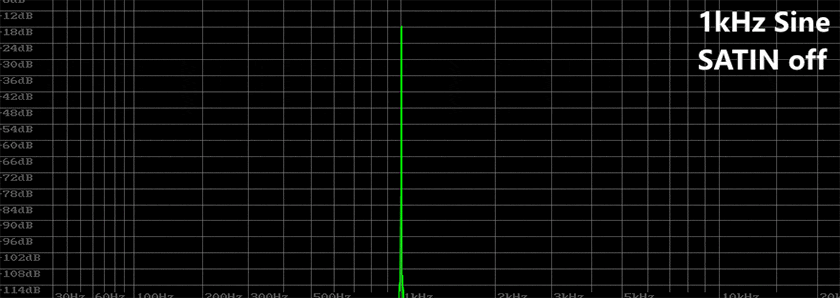
Passing the sound through SATIN not only generates overtones, but it also produces an abundance of high-frequency components up to the Nyquist frequency, along with noise. Odd harmonics such as 3rd and 5th overtones are also produced. When there is no input, the hissing noise is reduced to be almost inaudible.
Effect 4: Bonding Effects
Like in the heyday of tape in the past, use of tape emulators on all tracks and then run them through after mixing as well. In the old days of tape recording, overdubbing and ping-pong recording were also used, and a great deal of tape dubbing was done. The problem of increasing noise and the loss of clarity, on the other hand, increases warmth and familiarity, and it gives the entire track a sense of unity. When using an emulator, noise can also be adjusted, making it possible to create the best possible sound quality.
When using SATIN inserts on individual tracks, they can be grouped together to share settings. For example, if you want to use the same settings for all four tracks handling strings, it would be time-consuming to make fine adjustments on all four tracks. Grouping allows you to link all four tracks in a single operation. Up to 8 groups can be created, which should be sufficient.

On the SATIN side, you can set it up as follows: just by switching Groups, in this example, you can operate 7 tracks at once.
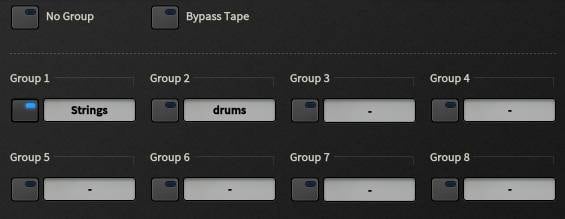
Here are the effects in an ensemble. First, the sound without SATIN.
Next is the sound through SATIN. The sound has been slightly softened. If it is too extreme, the sound will be degraded, and it will be meaningless, so I have only added this touch of flavor to the tape.
Why use tape emulators?
When you run a tape through a tape emulator, all of these processes degrade the original sound. As for tape compressors, they can be considered a substitute for compressors, so the need for them is understandable. However, saturation and hiss noise reduce resolution and signal-to-noise ratio, which generally means sound quality degradation, so it is natural to ask these sorts of questions. The answer will depend on where you are looking for comfort.
The need for a tape emulator is determined by the concept of what you want to create. If you want a recording to sound as good as a live performance, it is difficult even with modern technology, and recording and playback equipment is still in its infancy. On the other hand, if you want a unique analog sound of the past, it will be difficult to reproduce it if the equipment is newer. This means utilizing old equipment, but it is not realistic to have old, expensive equipment. Real open reels are no longer manufactured and can only be bought second-hand, which poses a mountain of problems in terms of acquisition methods and maintenance. This is where emulators come in. Thanks to the recent increase in PC speed, emulation technology can now be implemented at a fairly satisfactory level. In addition, there is a vast accumulation of good examples of music culture that have been cultivated over many years and are unique to tape. Most of the music recorded in the 20th century was created through tape recording. Recognizing this fact, it might be a good idea to consider the state of tape emulators.
In the next few articles, I will explain the functions of SATIN and tape technology.
The column “sound & person” is made possible by your contributions.
For more information about submissions, click here.





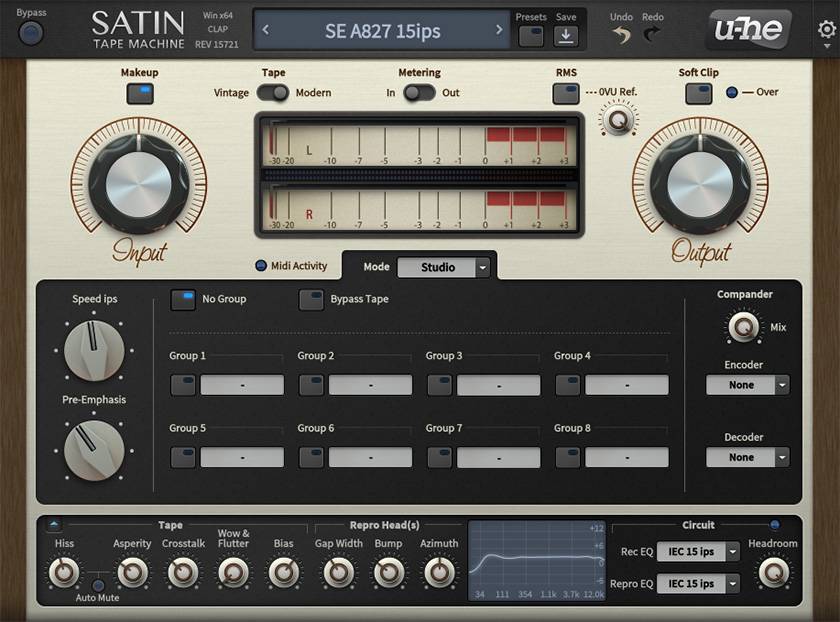

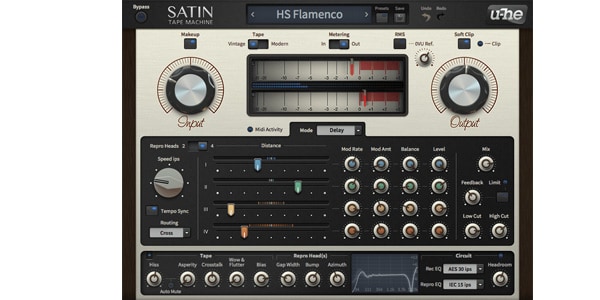





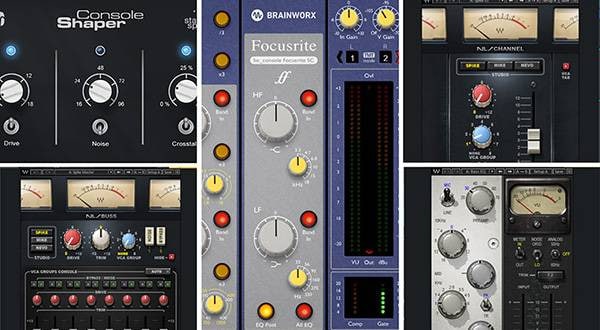
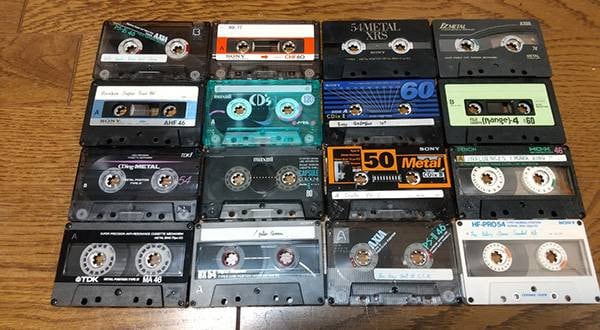
![[2023 Edition] Top 5 Recommended Popular Multitrack Recorders](/contents/uploads/thumbs/2/2023/7/20230713_2_23312_1.jpg)
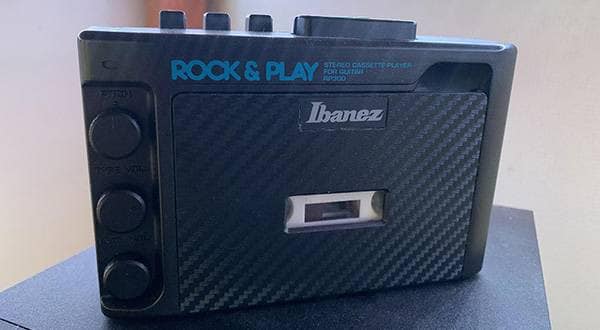
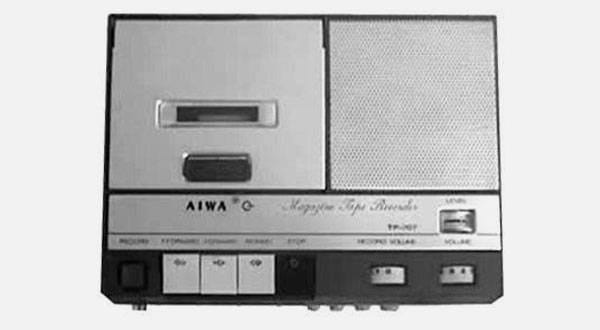
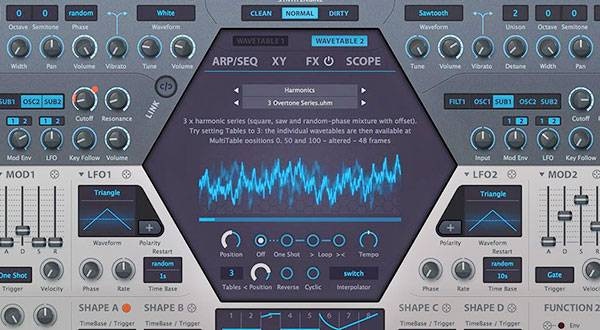
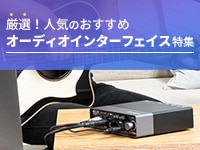 厳選!人気のおすすめオーディオインターフェイス特集
厳選!人気のおすすめオーディオインターフェイス特集
 ZOOMマルチトラックレコーダー Rシリーズ比較表
ZOOMマルチトラックレコーダー Rシリーズ比較表
 DTMセール情報まとめ
DTMセール情報まとめ
 スタジオモニタースピーカーを選ぶ
スタジオモニタースピーカーを選ぶ
 機能で選ぶ オーディオインターフェイス
機能で選ぶ オーディオインターフェイス
 DTM・DAW購入ガイド
DTM・DAW購入ガイド















